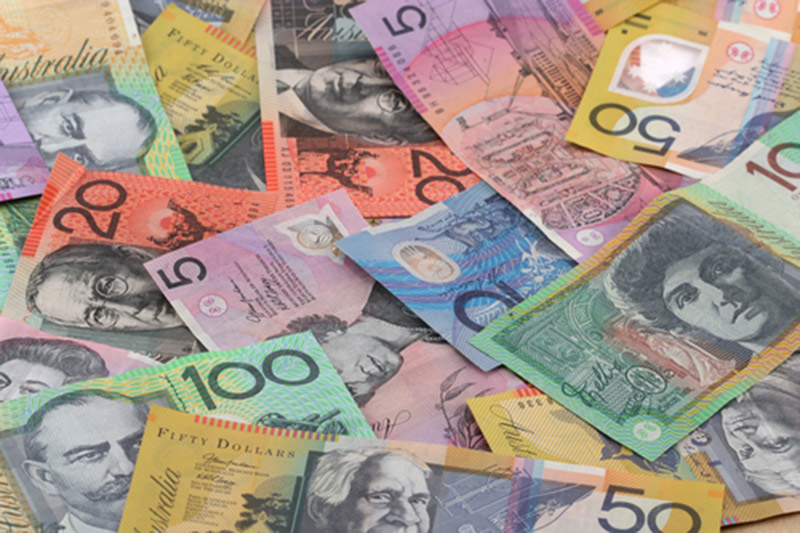Investing.com - The Australian dollar edged lower against its U.S. counterpart on Thursday, after the release of disappointing Australian trade balance data and as investors remained cautious amid ongoing uncertainty over a possible bailout plan for Greece.
AUD/USD hit 0.7630 during late Asian trade, the pair's lowest since June 29; the pair subsequently consolidated at 1.7630, slipping 0.18%.
The pair was likely to find support at 0.7584, the low of June 29 and resistance at 0.7717, the high of June 29.
The Australian Bureau of Statistics reported on Thursday that the country's trade deficit narrowed to A$2.75 billion in May from A$4.14 billion in April, whose figure was revised from a previously estimated deficit of A$3.89 billion.
Analysts had expected the trade deficit to narrow to A$2.20 billion in May.
Markets were jittery after Greek Prime Minister Alexis Tsipras on Wednesday urged Greeks to reject an international bailout deal in a referendum due to be held on July 5, souring hopes of any breakthrough.
Less than 24 hours before, Tsipras had written a conciliatory letter to creditors asking for a new bailout that would accept many of their terms.
On Wednesday Greece became the first developed country to default on the International Monetary Fund after its second bailout program expired late Tuesday. The IMF confirmed that the Greek government failed to make a scheduled €1.6 billion loan repayment.
Meanwhile, the greenback remained supported after the Institute for Supply Management reported on Wednesday that its index of purchasing managers rose to 53.5 last month from 52.8 in May.
In addition, payroll processing firm ADP said that U.S. non-farm private employment rose by 237,000 last month, above expectations for an increase of 218,000.
The Aussie was lower against the euro, with EUR/AUD rising 0.34% to 1.4510.
